Ophthalmology and Optometry Exam Room Tools
Ophthalmology and optometry technicians and doctors use different tools to examine your eyes. Below are the exam room tool each person may use during your visit.
Technicians' tools
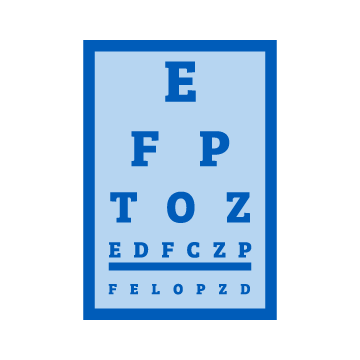
|
Visual acuity test: We have a lot of ways to check your vision – we may use letters or pictures. During this test, we may make you a "pirate" and cover one eye with an eye patch! |
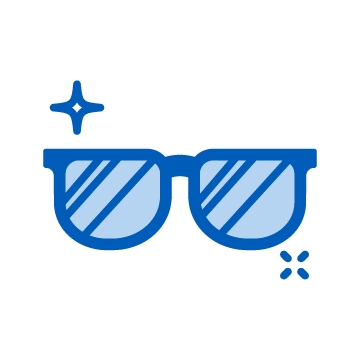
|
Stereo testing: You may get to wear some cool sunglasses for this one. We use this to test your eyes working together and your depth perception. |
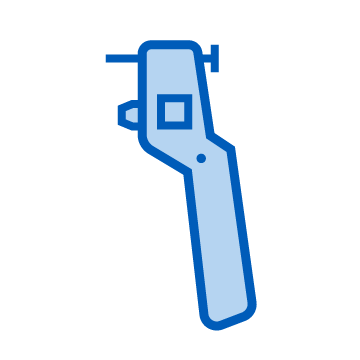
|
Checking pressure: We check the eye pressure at every exam for patients that are 5 years and older, and younger if needed. This is to ensure there is no concern for elevated pressures in your eyes. Elevated pressures could lead to something called glaucoma. |
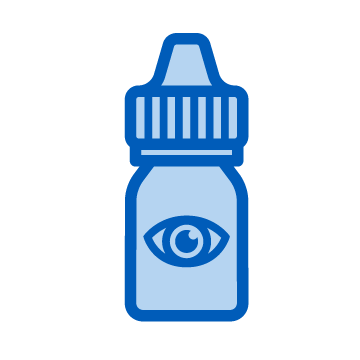
|
Dilation drops: We dilate the eyes of all new patients and usually dilate patients' eyes every year. Depending on your diagnosis, we may dilate your eyes more often. Dilating drops allow the doctor to diagnose many eye problems by enlarging the pupil (black center of eye). The dilating drops relax the muscles in your eye and allows the doctor to get accurate measurements. Dilation is temporary and typically last 4 to 24 hours, sometimes longer in light colored eyes. |
Doctors' tools
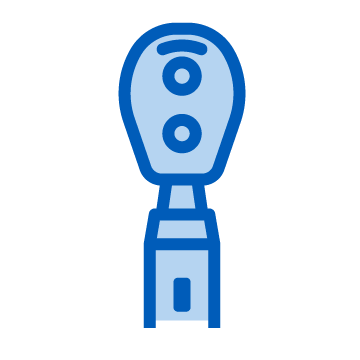
|
Ophthalmoscope (flashlight): We may use this to assess your eye movements and look at your pupils. |
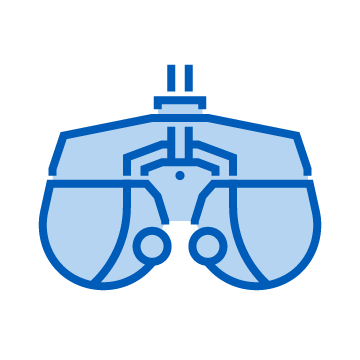
|
Phoropter: We may use this to see if you need help to see. This is like a giant pair of glasses to look through! |
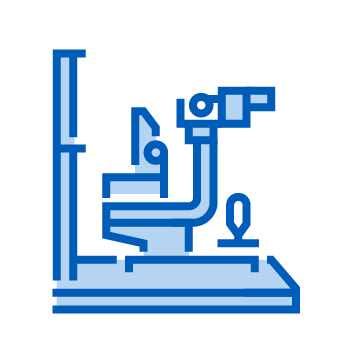
|
Slit lamp: This is a special microscope that we may use to look at the front of your eyes. |
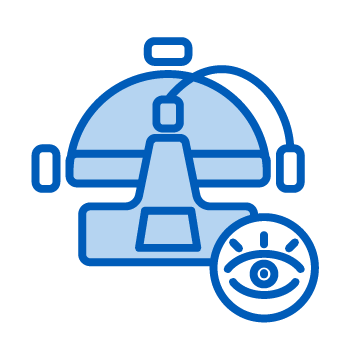
|
Indirect: This is a light that the doctor wears on their head to look in the back of your eyes – you may even see some rainbows! |
*The doctor may decide you need certain diagnostic services to look at parts of the eye depending on your diagnosis. Some of our most common tests include:
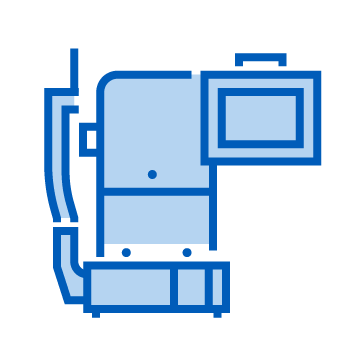
|
Optical coherence tomography (OCT): This is a non-invasive imaging test that takes pictures of your retina. |

|
Visual field: This test measures your entire scope of vision; it can be used to determine any blind spots. |
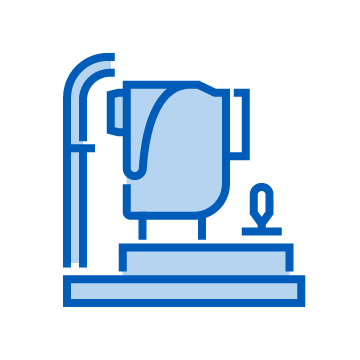
|
Optos: This is another imaging test that provides a more detailed view of your retina. |
